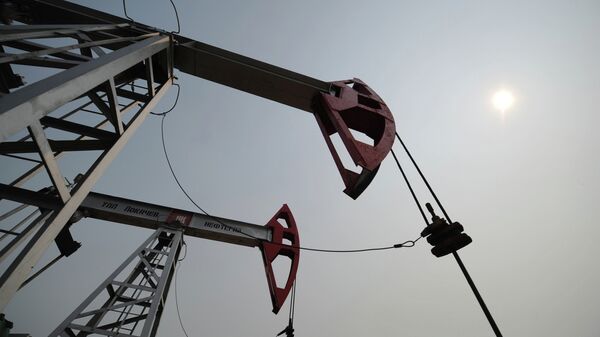If this trend continues we may see prices of 20 or even 10 dollars a barrel in the years to come.
At the moment OPEC oversupplies the market in order to save its market share and fight off the competition from the US shale oil industry. Mr. Dargin noted, that the latter may not survive, if oil prices continue to drop.
“What is happening now is that Iran has a marginal role in the price for oil… This is bound to change because Iran has approximately 50 million barrels of oil it put in storage during the height of the sanctions regime and it is now ready to release as soon as possible. Iran is offering a pretty significant discount but it is likely to increase oil production to between 500,000 and 800,000 barrels per day,” Justin Dargin said.
This means that the current world market oversupply may continue. When oil was at its peak in 2007 heading to 2008 people thought it would push up to $200 dollars per barrel.
“When the economic pain the major oil producers suffer from this price drop becomes too great, then we may start seeing cutbacks in production,” Dargin added.
The international energy agency warns that the current glut will continue throughout 2016 and even through next year.
“It depends on whether the major oil producers can come to some kind of an agreement because no producer wants to undertake the burden of voluntarily restricting production when competitors are going to gain their market share. You’ve got to have extremely strong growth in production to absorb this oversupply but this is highly unlikely at the moment,” Dargin stated.
When asked whether there could be any policy changes on the part of the OPEC, Dr. Dargin said that it was possible, but only if the oil producers started to feel the pain of the current price drop.
To remain financially solvent the Gulf States need their oil selling at between $82 and $110 a barrel, which means that this type of decision might be on the horizon.
The situation in the US shale market looks pretty bad, with job loss in the shale oil industry being about 250,000 people and with two-thirds of rigs now decommissioned.
"But the drop has not been as significant as some people have thought. Many small companies in the US need to produce to make some revenue, but if this situation continues many companies will go out of business,” Justin Dargin said in conclusion.



